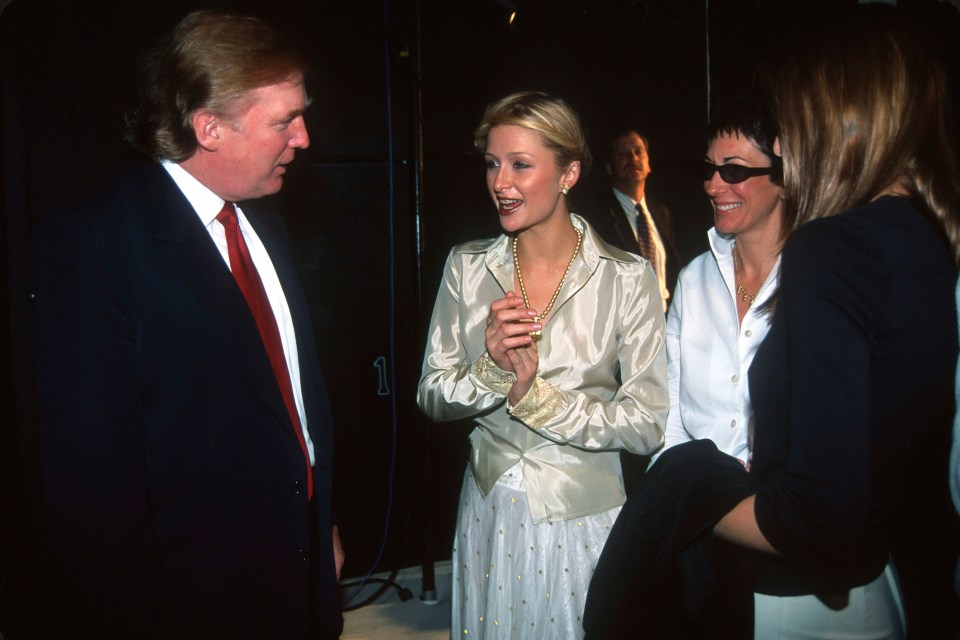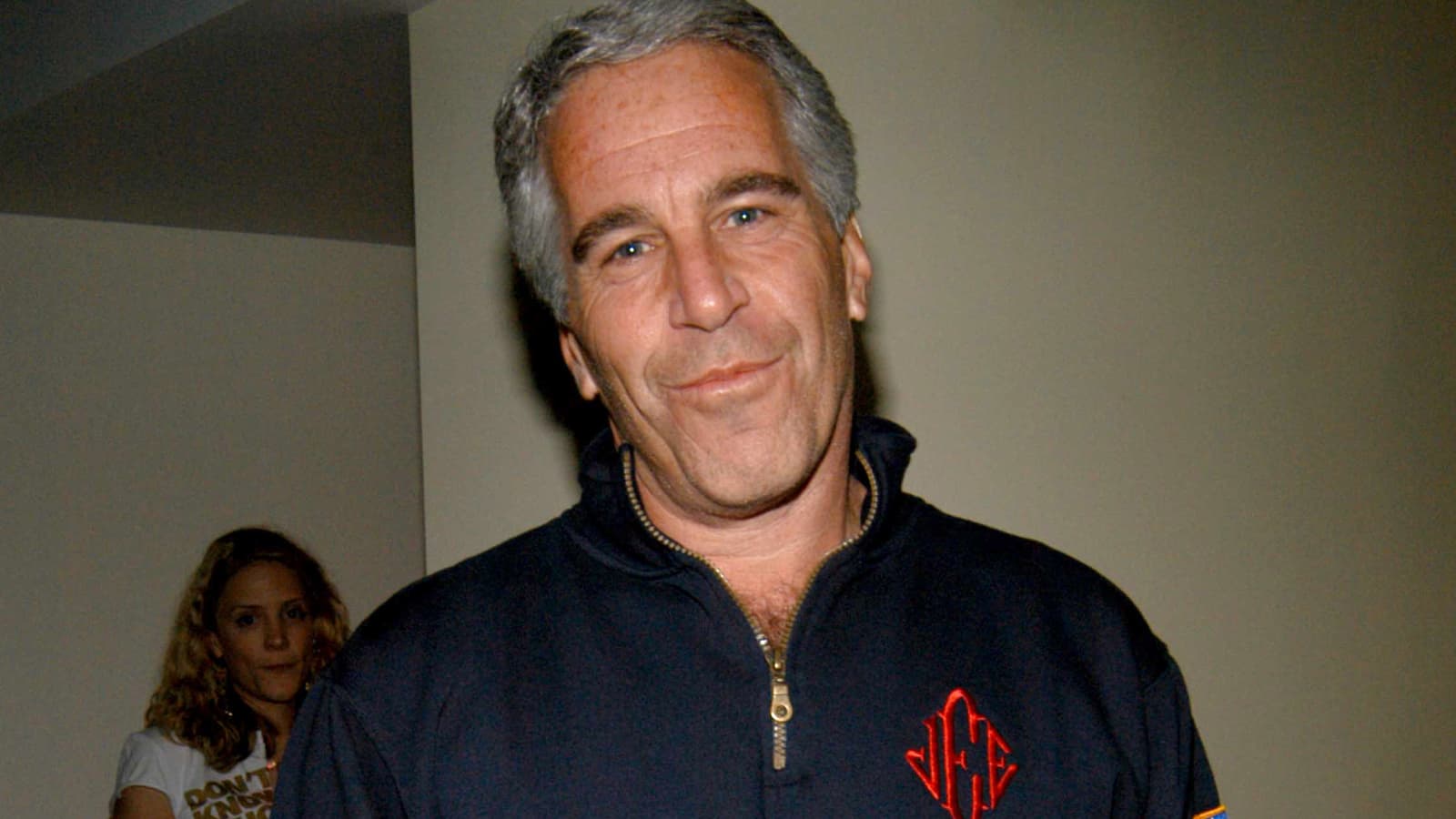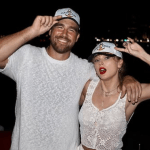Paris Hilton’s recent remarks addressing long-standing claims that Ghislaine Maxwell attempted to recruit her into Jeffrey Epstein’s network at age 19 have thrust the scandal back into the spotlight.
While these allegations date back over two decades, their reemergence underscores a persistent challenge for financial institutions: the enduring shadow of reputational risk in elite networks. Epstein’s web of influence extended far beyond criminal proceedings, exposing profound failures in financial governance that continue to shape compliance standards today. For wealth managers, private banks, and corporate boards, this episode remains a stark reminder of how interconnected high-net-worth ecosystems can amplify systemic vulnerabilities.
The Epstein Scandal as a Case Study in Systemic Due-Diligence Failure
At its core, the Epstein affair highlighted critical shortcomings in compliance frameworks across financial services. Regulatory probes by the U.S. Department of Justice and the Securities and Exchange Commission revealed repeated oversights in enhanced due diligence for high-risk clients, inadequate monitoring of politically exposed persons, flawed escalation protocols for suspicious patterns of wealth accumulation, and insufficient transparency around beneficial ownership in private investment vehicles.
These lapses were not isolated; they reflected broader reliance on legacy risk models that prioritized transactional data over holistic indicators, such as behavioral cues and social connections. Even now, as 2025 brings fresh FinCEN guidance on anti-money laundering programs, global watchdogs express ongoing concerns that many firms have yet to fully integrate reputational and network-based analytics into their core processes.
Hilton’s resurfaced connection serves less as a personal reckoning and more as a lens into the scandal’s deep entrenchment within professional elites. It illustrates how proximity to controversy—however distant in time—can trigger renewed audits and boardroom debates, compelling institutions to confront the opacity that once shielded such networks.

Paris Hilton pictured at a party with Donald Trump and Ghislaine Maxwell—an archival image frequently referenced in discussions about the high-profile social circles that later came under scrutiny during investigations into Jeffrey Epstein’s network.
Reputational Risk Exposure in High-Net-Worth Networks
Reputational risk has evolved from a peripheral concern to a core balance-sheet liability in the wake of Epstein’s downfall. Institutions with even peripheral ties to his operations grappled with a cascade of fallout, including the abrupt departures of senior executives amid internal purges, intense shareholder activism demanding accountability, mounting legal fees alongside multimillion-dollar regulatory settlements, swift erosion of brand equity, and significant outflows from private banking portfolios wary of association.
The Financial Conduct Authority and SEC have since codified these lessons, mandating that private-client divisions maintain detailed records of relationship-risk evaluations, communication histories, and third-party referrals—practices routinely overlooked in the pre-2010 era.
In today’s hyper-connected media landscape, Hilton’s decision to publicly revisit these claims exemplifies the extended lifespan of reputational narratives. Archival footage, streaming documentaries, and unsealed court documents ensure that past associations resurface unpredictably, often at the most inopportune moments for linked entities.
Philanthropic and Non-Profit Governance After the Epstein Fallout
Beyond finance, the scandal delivered a sobering jolt to philanthropic entities, where Epstein’s donations once flowed freely into endowments and research initiatives. Post-scandal audits prompted several prominent universities and foundations to take decisive action: they returned tainted funds, overhauled gift-acceptance criteria to incorporate ethical vetting, bolstered board-level scrutiny of incoming capital, and implemented more stringent donor background checks.
The self-assessments at Harvard and MIT, which involved clawing back millions in contributions, have since become benchmarks in governance curricula, influencing the “governance” pillar of environmental, social, and governance frameworks by embedding donor due diligence into institutional risk protocols.
This episode elevated philanthropic oversight from a compliance footnote to a strategic imperative, ensuring that funding channels align with an organization’s long-term integrity and stakeholder trust.
Regulatory Pressure Has Intensified, but Compliance Misalignment Endures
Regulators mounted a robust response in the scandal’s aftermath, with the FCA, SEC, DOJ, IRS, and FinCEN issuing targeted directives to fortify controls. Yet, implementation gaps linger, particularly in fragmented beneficial-ownership disclosures across borders, persistent secrecy in offshore vehicles that mask asset trails, lax reporting mandates for private equity and family offices, and the exclusion of gatekeeper roles—such as lawyers, accountants, and talent agents—from comprehensive anti-money laundering oversight.
Recent 2025 developments, including FinCEN’s proposed expansions to suspicious activity reporting and the EU’s sixth anti-money laundering directive, signal momentum toward closing these divides, but harmonization remains elusive.
Hilton’s comments inject fresh urgency into these debates, coinciding with heightened scrutiny of private investment structures and professional intermediaries as regulators weigh broader AML extensions.

Jeffrey Epstein, the disgraced financier whose vast property empire became central to investigations into sex trafficking and abuse.
A Renewed Scrutiny of the Entertainment Industry’s Risk Exposure
The entertainment and luxury sectors, where Hilton forged her early path, have faced parallel reckonings over vulnerabilities in talent scouting and intermediary networks. In response, industry bodies have rolled out robust safeguarding protocols, advocated for accreditation of third-party vendors, intensified insurance reviews for liability exposure, and imposed elevated duties of care on agencies and studios to prevent exploitative practices. These measures stem not from any single anecdote but from the Epstein-Maxwell revelations’ illumination of structural weaknesses, driving a push for verifiable governance in talent management that resonates with financial services’ own compliance evolutions.
What Comes Next: Continued Regulatory Expansion
The Epstein saga’s financial ripples show no signs of abating, with U.S. and UK policymakers advancing a slate of reforms to fortify defenses. These include imposing expanded reporting obligations on family offices, tightening anti-money laundering standards for premium service providers, clarifying donor-funding transparency in non-profits, fortifying whistleblower safeguards within wealth advisory circles, and refining classifications for politically exposed and high-risk clients. As public discourse reignites—fueled by figures like Hilton—regulators are poised to accelerate these changes, transforming episodic scandals into enduring pillars of market resilience.
What People Are Asking About The Epstein Case
Why does the Epstein case remain a touchstone for financial governance?
It laid bare interconnected failures in due diligence, anti-money laundering safeguards, reputational evaluation, and oversight mechanisms spanning banking, philanthropy, and beyond—lessons that inform ongoing compliance strategies.
What regulatory reforms followed the scandal, and where do gaps persist?
Bodies like the DOJ, SEC, and FCA rolled out enhanced guidance on client vetting and risk monitoring, yet challenges endure in cross-jurisdictional ownership transparency and oversight of non-financial gatekeepers.














